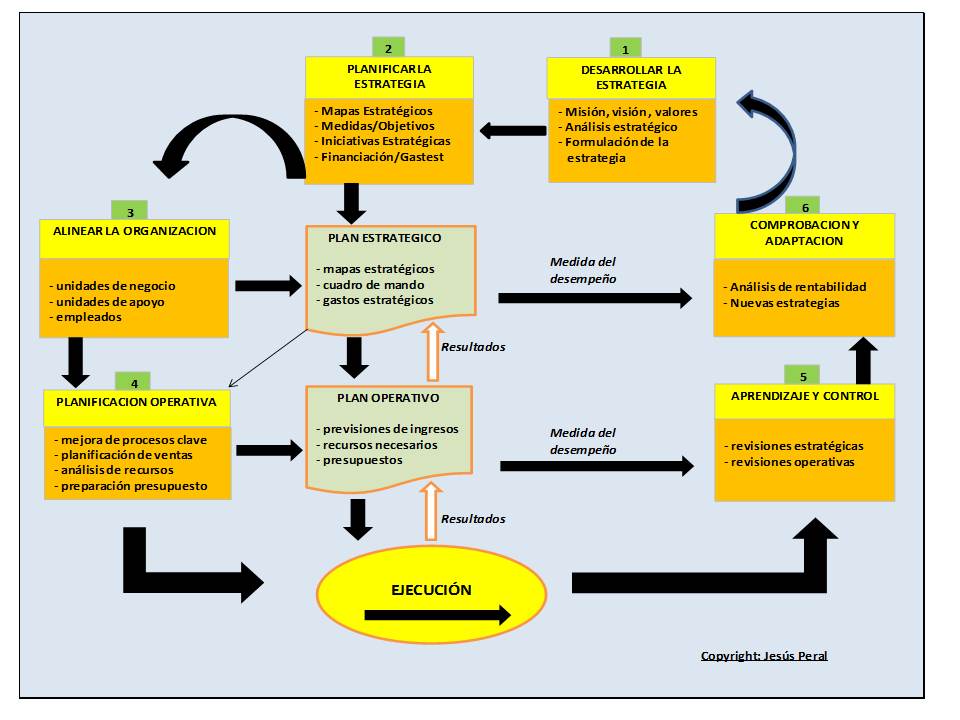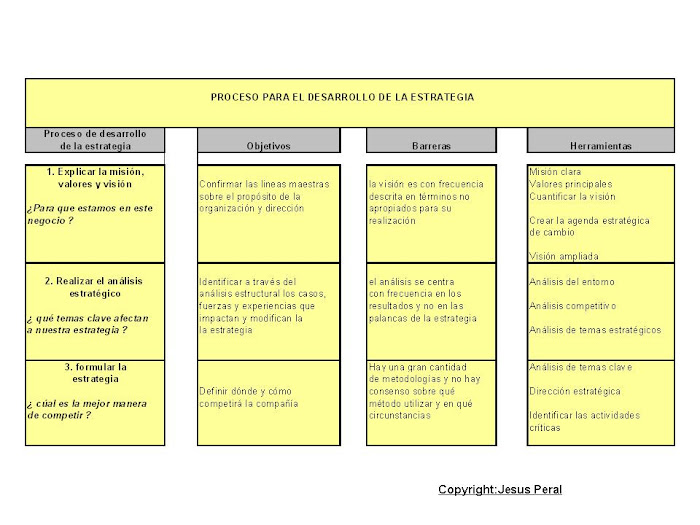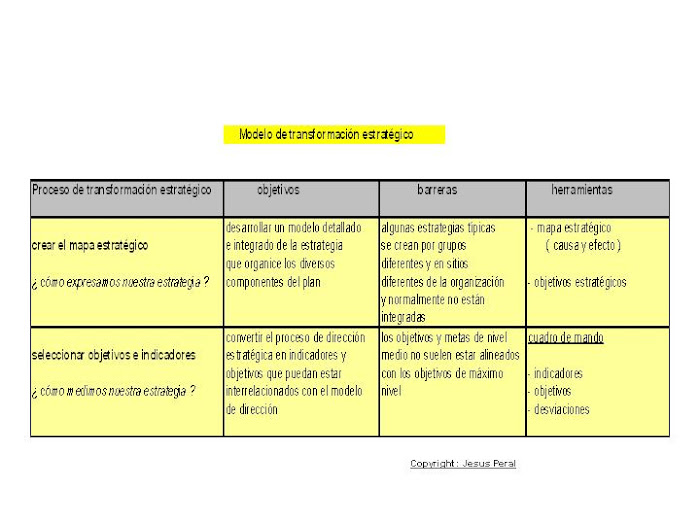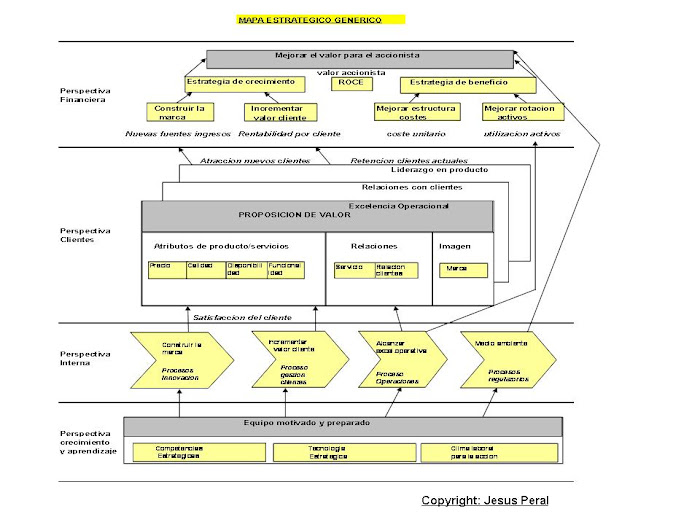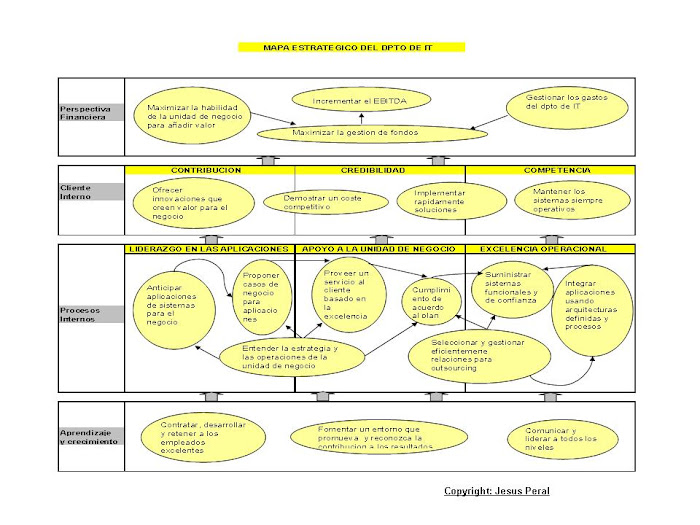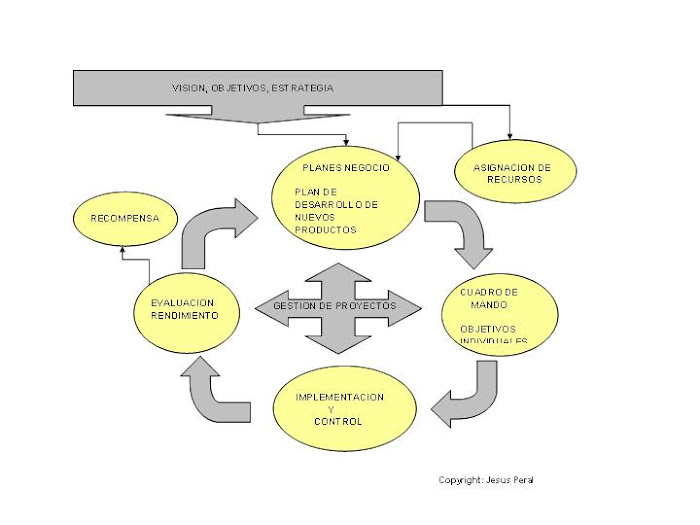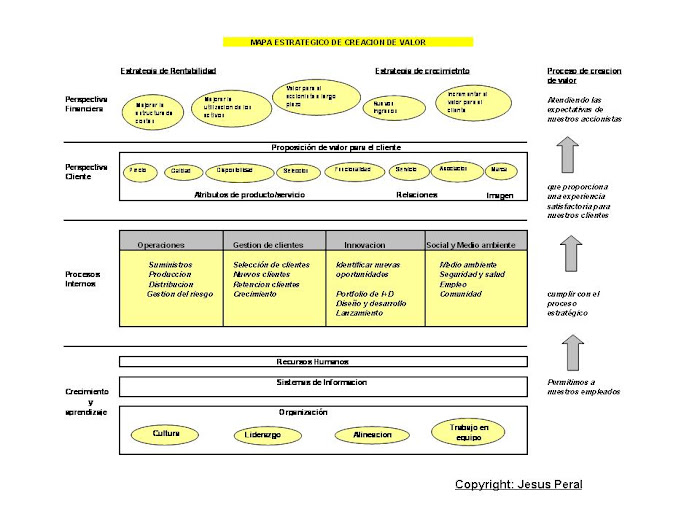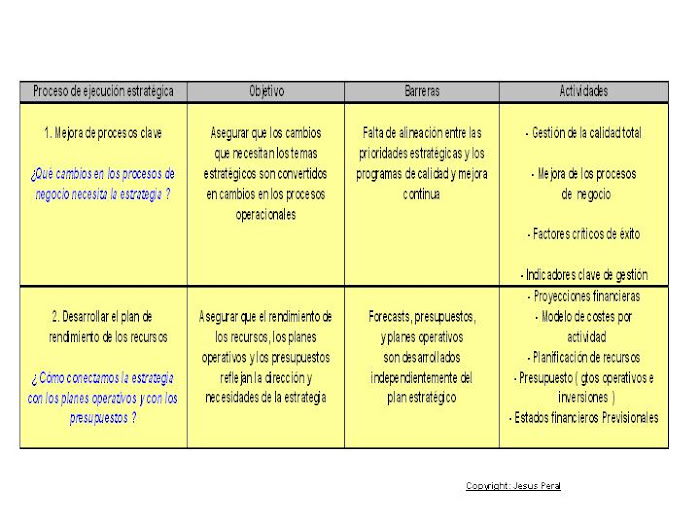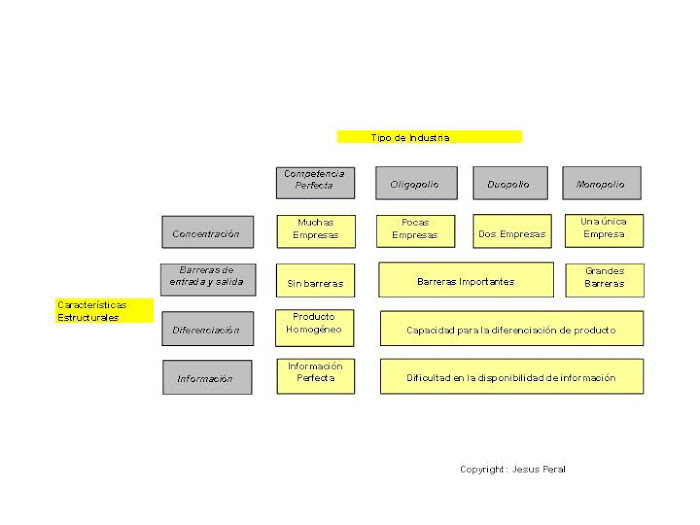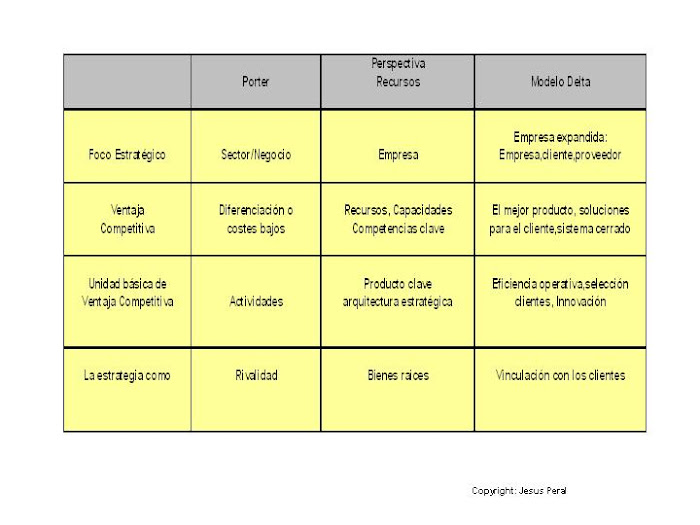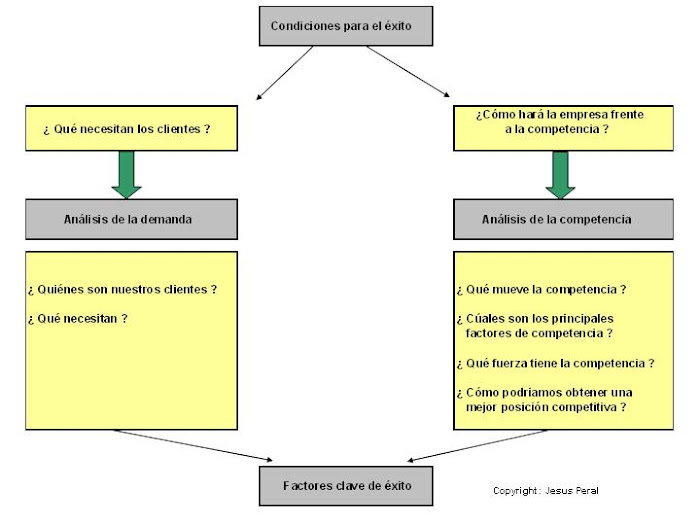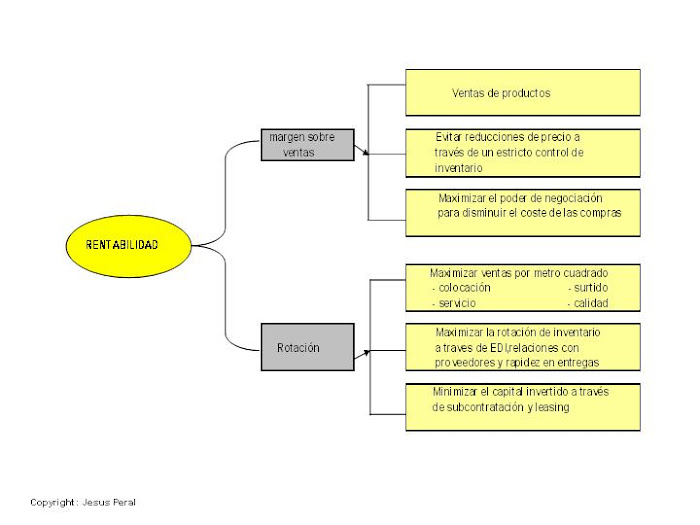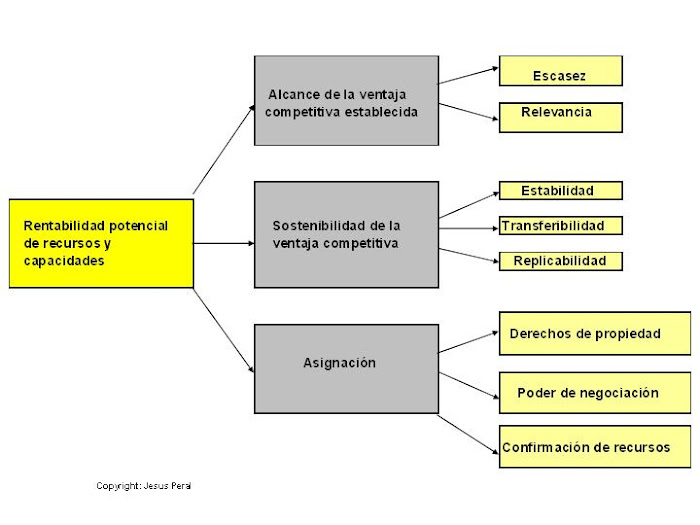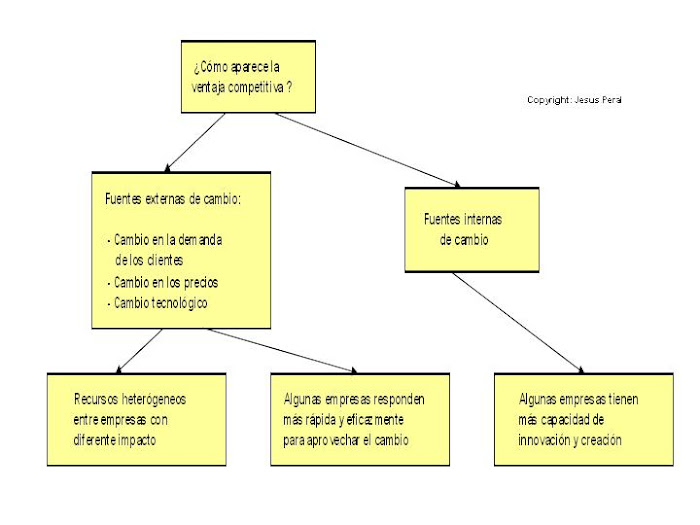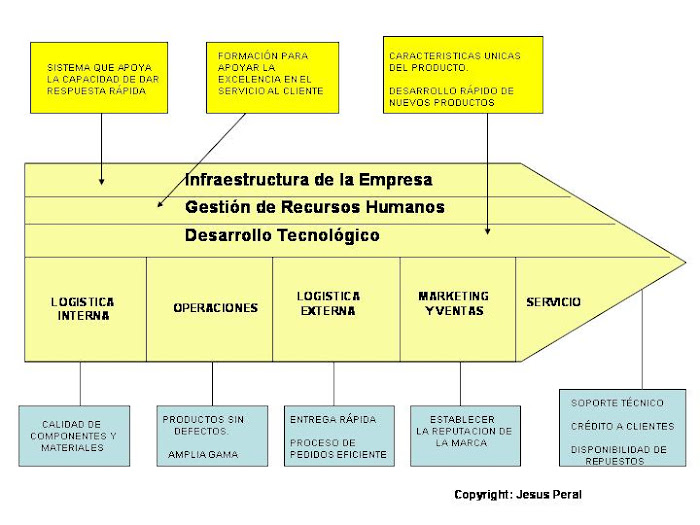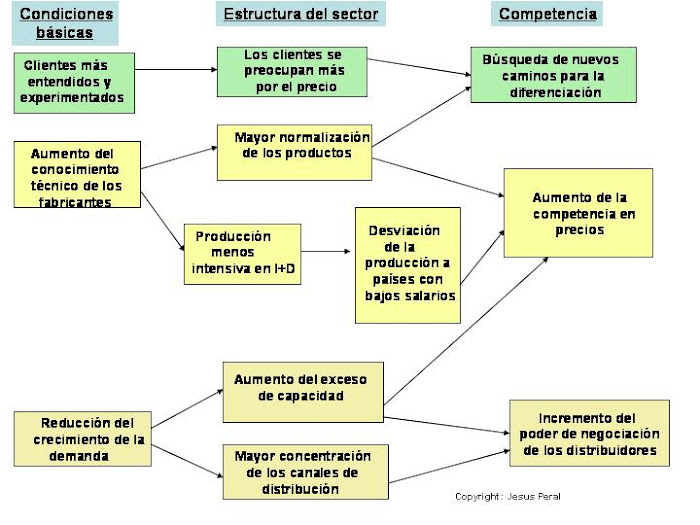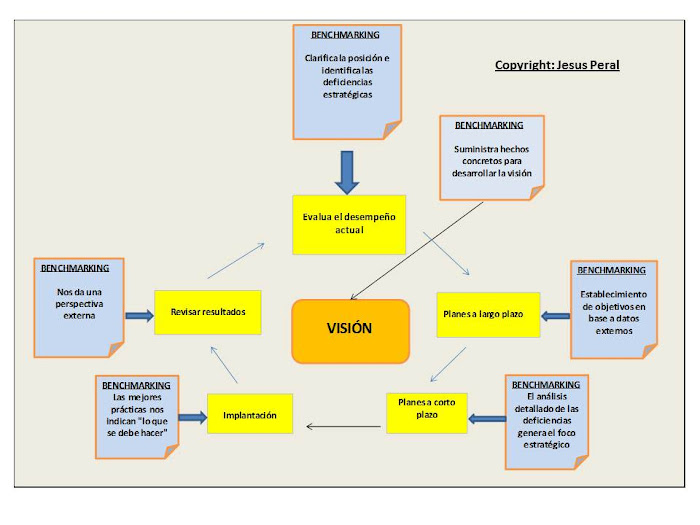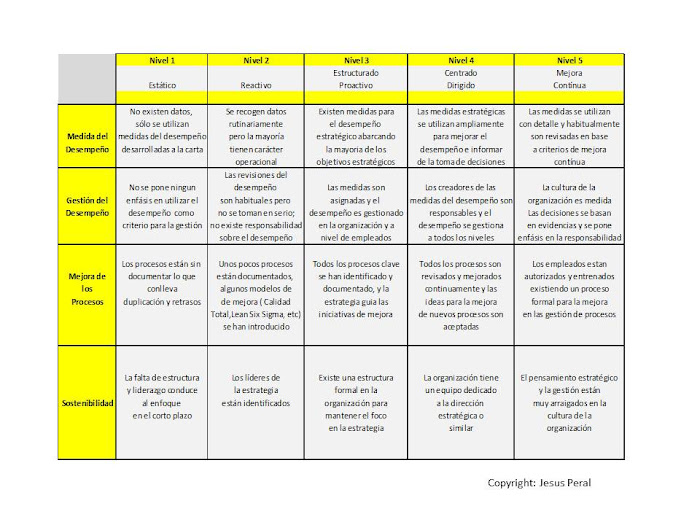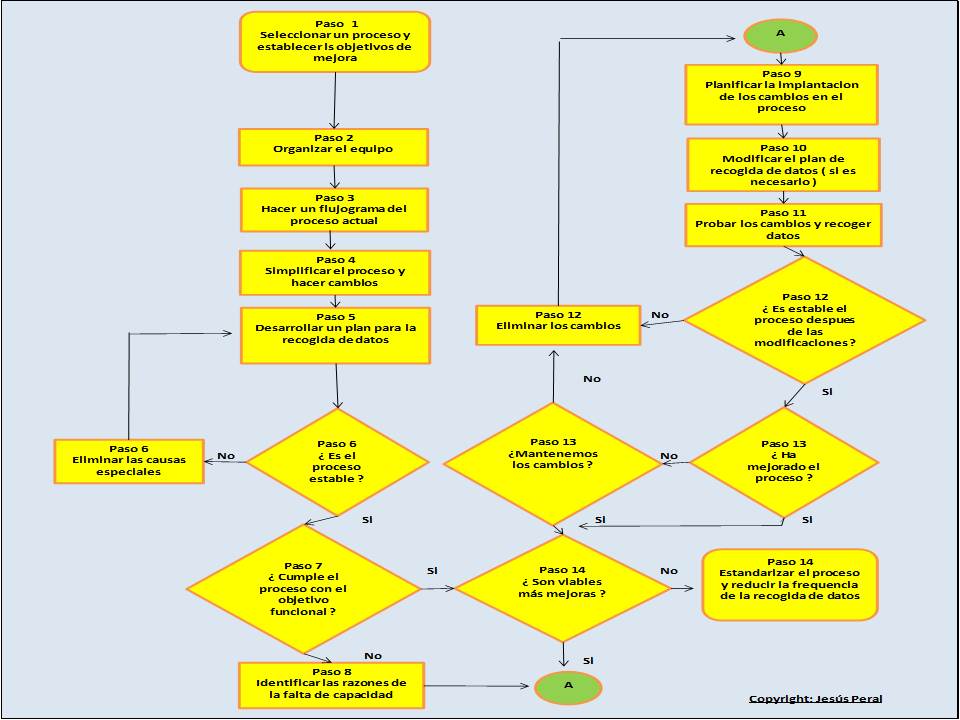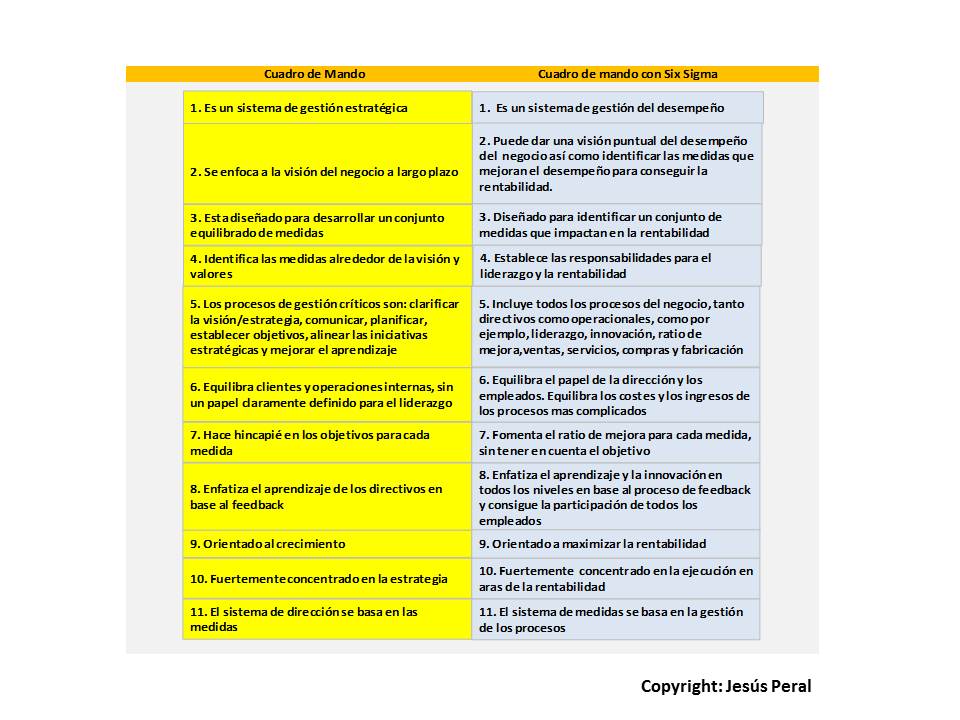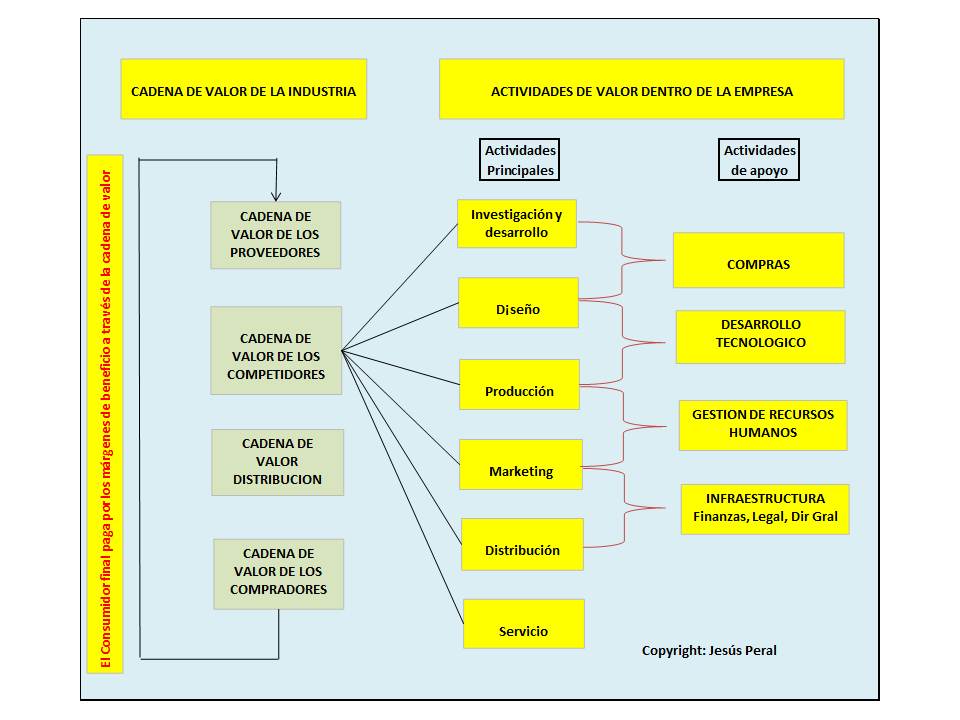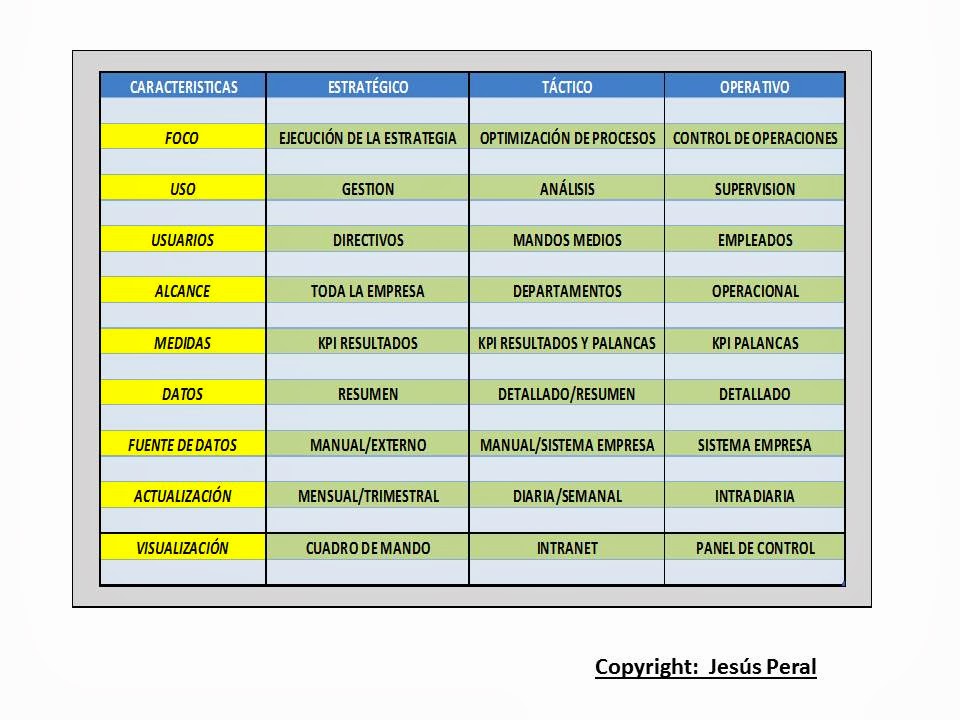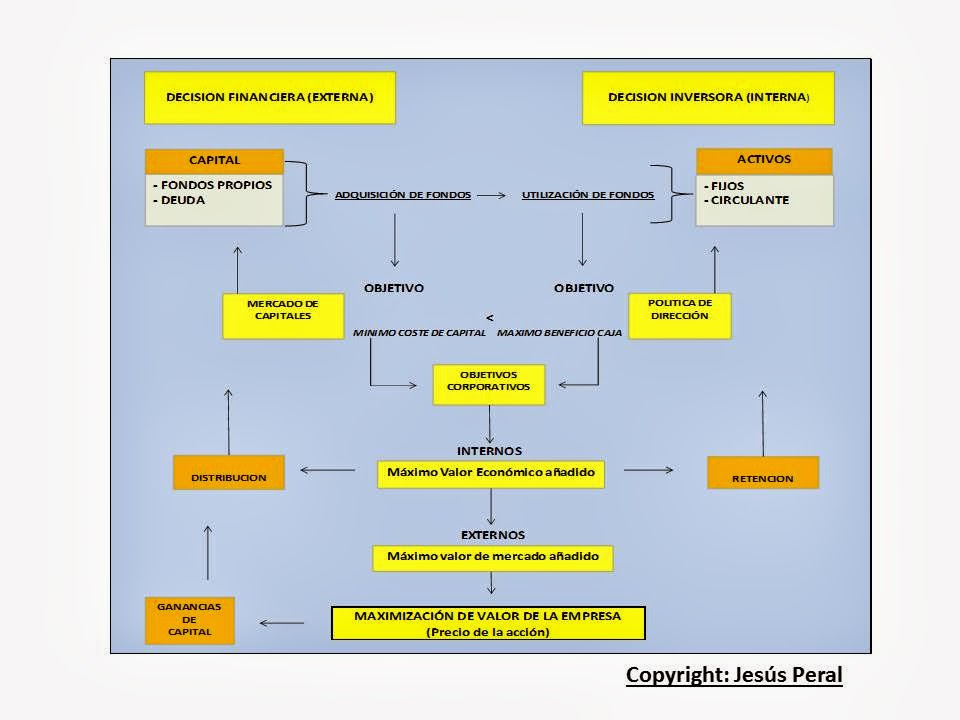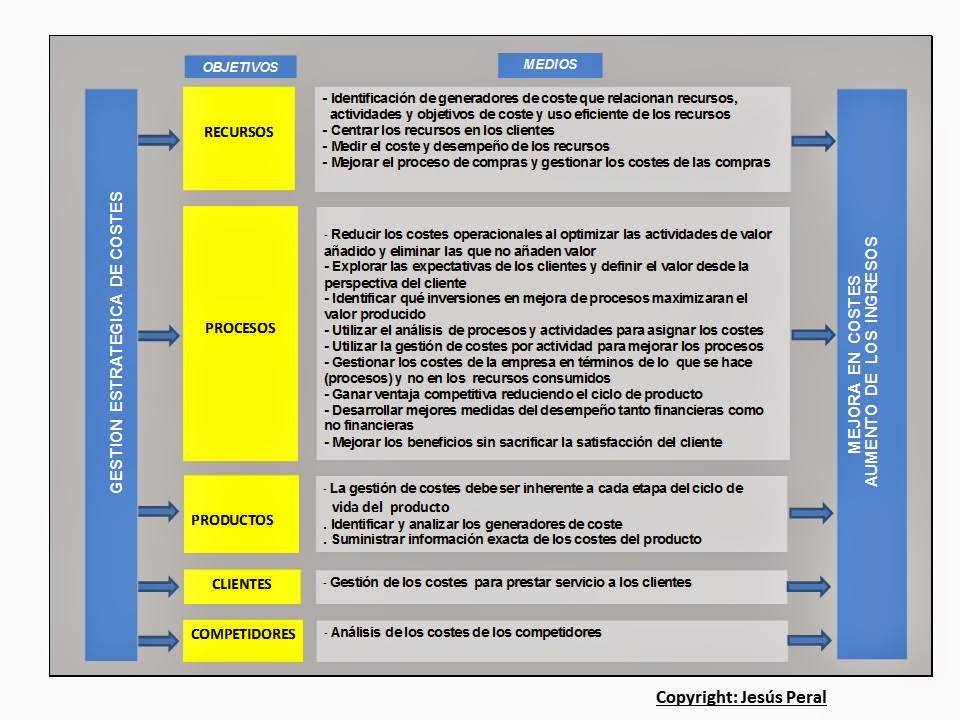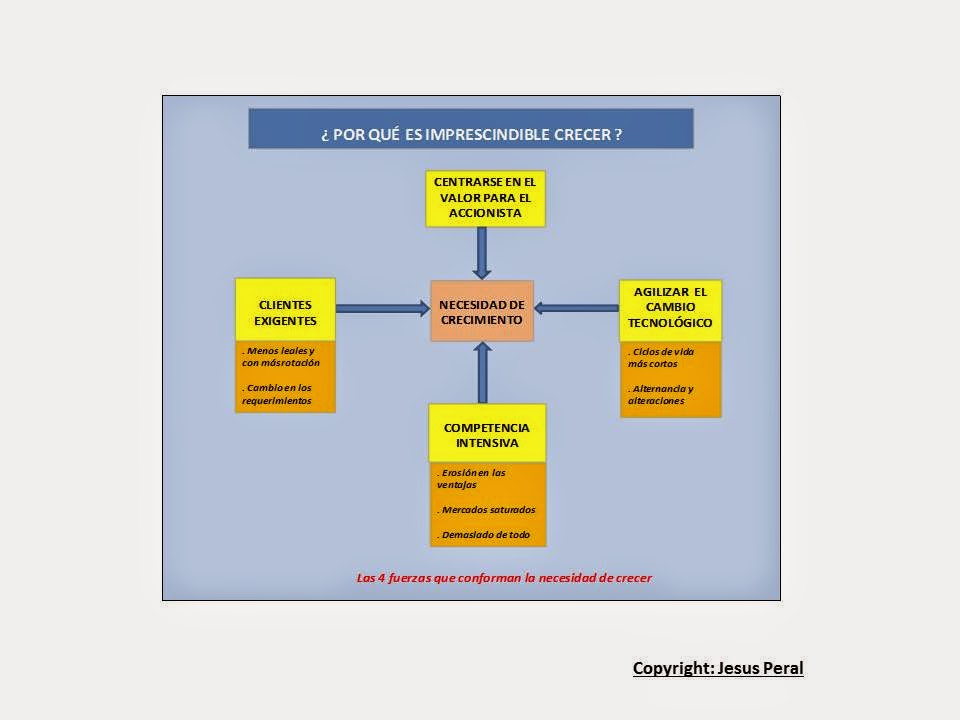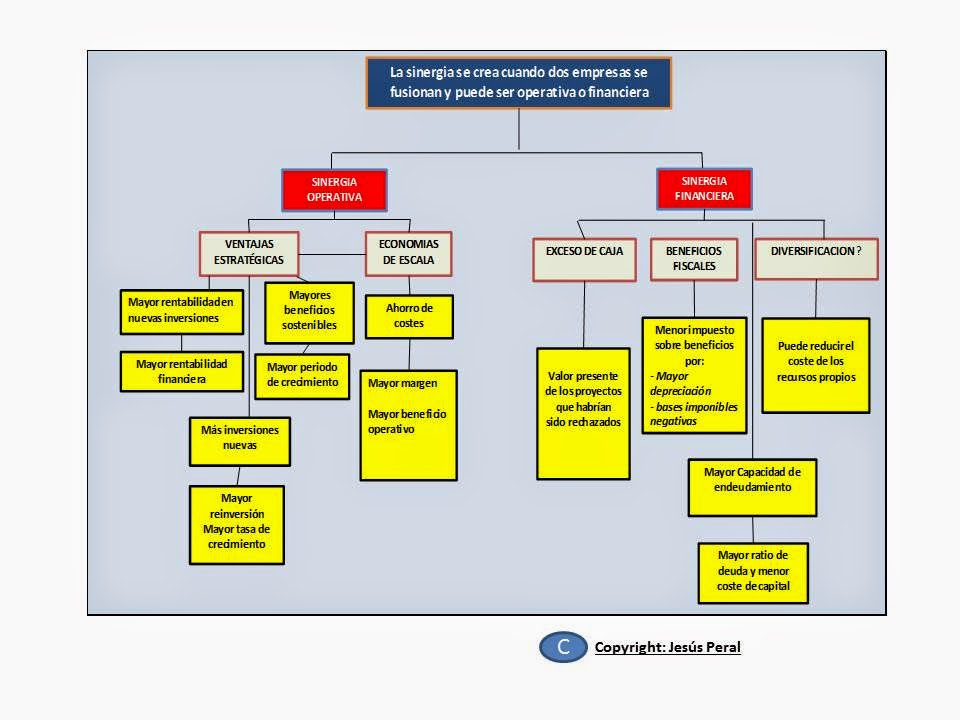During my career I have heard many times that
it is complicated to lead and manage people. However when an employee reaches
certain level of experience and knowledge, let´s say, when reaching the
professional seniority, you could set goals to this employee, give some
empowerment, facilitating the role of the manager. In these circumstances
manage people could not be so complicated unless in a particular organization
the obedience is more valued than the intelligence.
The typical conflict between manager and
subordinates or collaborators, can appear for different reasons. I could
include here the incompetence of both sides, the typical organizational
ineptitude and the fact, sometimes very common, the employee is obliged to give
up the common sense, his/her consolidated knowledge and his/her professional
values. In the environment where his/her obedience is more valued that his/her
intelligence you should also value his/her loyalty and the mutual
understanding. Of course, not all the employees escape from the effort and need
to have a foreman as a manager.
During my extensive experience managing people
I have found collaborators within the famous theory X and Y from McGregor.
Indeed, it is easier to manage people under the Y, skilled, engaged and
committed with the results, than under the X, collaborators that try to escape
from the effort. Basically because with the first group you normally have low
intensity relationships or frequency once you have set and agree the goals with
them. On the other hand, when it comes to the second group you could find
collaborators that would do nothing if you don’t tell them to do it. But all of
this is a theory so you could share your own experience.
At the same time that knowledge and innovation
is consolidating, as well as human capital and continuous learning, we could
think the ideal situation to manage people is to set and agree the goals, allow
some kind of self-leadership behind these goals and provide the right resources
to the teams. In this regard, the manager, more than behaving as a modern
foreman, should be focused on managing his/her department or organization.
Very frequently I have heard about management
is just about motivating people but sometimes I had the feeling that many
employees when perceiving they are encouraged and stimulated could be
frustrated and demotivated. Perhaps the “art” consists in motivating without
being visible but this is normally very difficult. I would say that with
attractive goals the employee with the “Y” profile would head to them more for
a mere magnetism than for following the motivating leaders.
Long time ago the employees were considered the
arms and legs of the organization. However, nowadays, in my view the employees
are really the heart of the organization and this organization will continue
beating deeply as long as the leaders work with the passion of the first day
and the intensity of the last one.
In many sectors the employees with more
expertise have to exceed their managers in technical knowledge and also keep
updated in their discipline. And even know what nobody knows!! Many times the
decisions of the senior management have to take into account the technical
knowledge, the capacity of analysis and the good judgement coming from the more
skilled employees, that is, not only human resources, but also intellectual
capital.
So what about people management? I think it
would be enough in many cases to define correctly the individual goals and
trust in the employees with “Y” profile. I would say we would need to simplify
using self-management and empowerment, the need to achieve reasonable results.
However the management style of every organization responds typically to the
“mental models” of the CEO who can bet for the true value of the employees or
can be inclined to hold the bosses responsible for the good decisions and blame
the subordinates for the failures, in other words, to reduce the importance of
the workers.
In summary, I have to say I have heard in many
occasions that people management is kind of an art, manage middling
subordinates is easier than manage talented people, manage people requires a
good head and heart and manage people is complicated, because they have age,
genre and character. Generally speaking it is known the difficulty of managing
people and this is also more difficult when it comes to talented employees. But
in my view this difficulty is never considered based on the cultural
environment, with the management models of the organization, with the
management style that sometimes doesn’t allow the intellectual capital to be
developed adequately. Based on that I would foster cultural environments to
develop talent and reward the efforts, maybe all would be easier.

